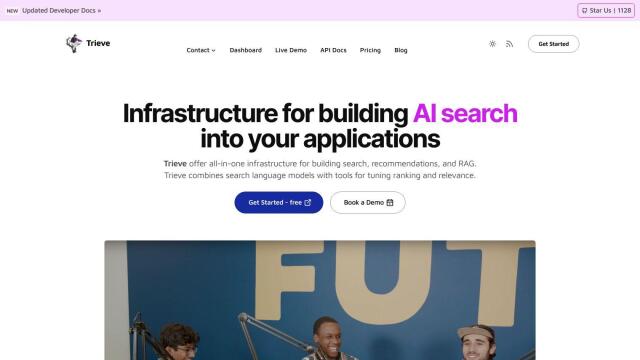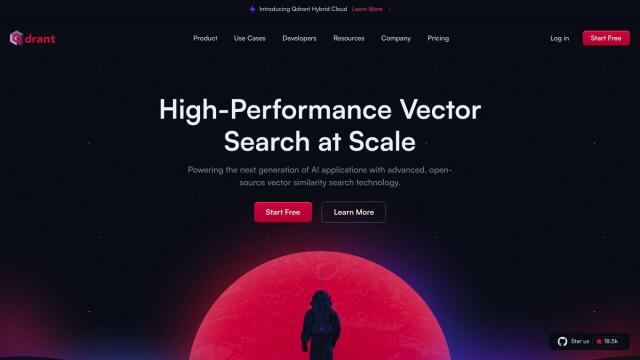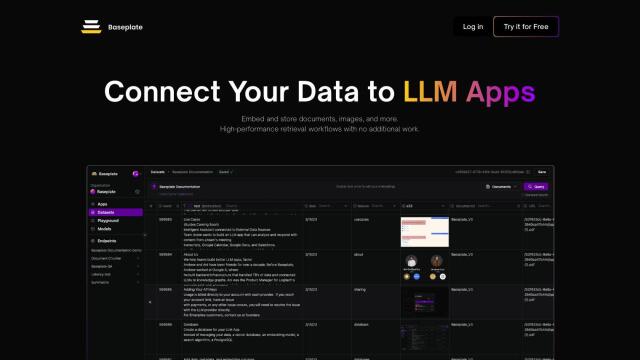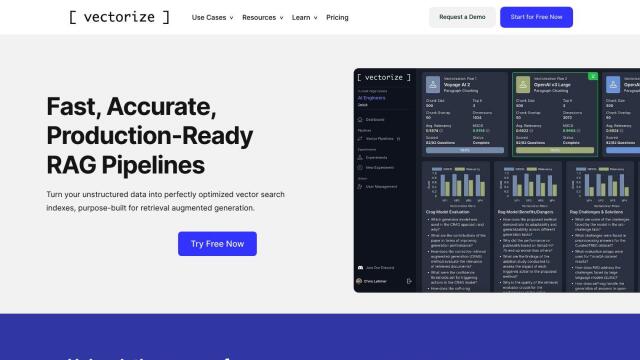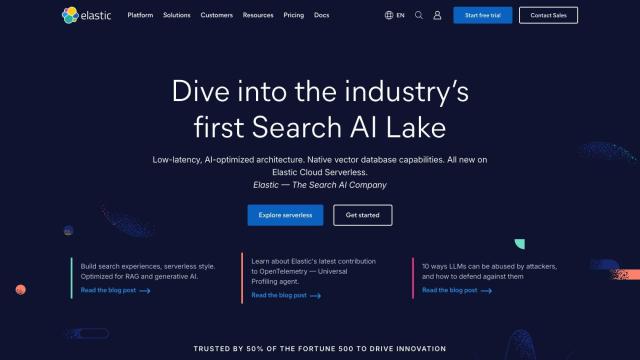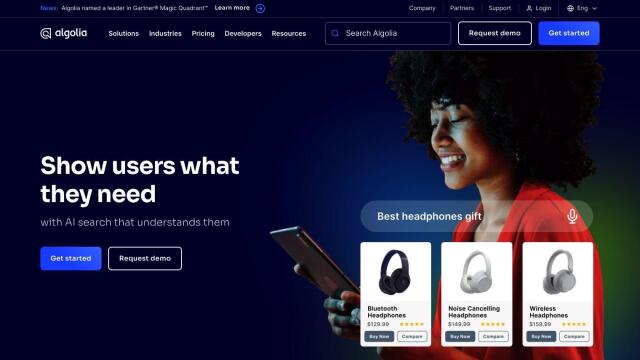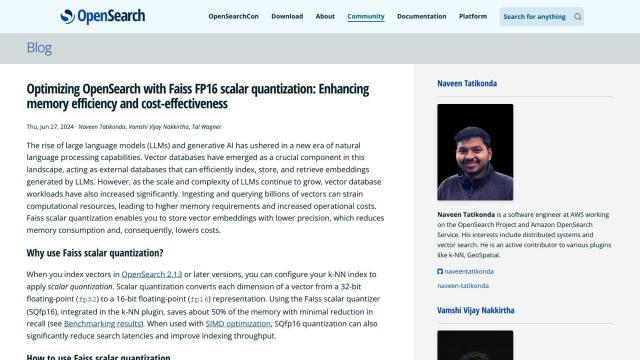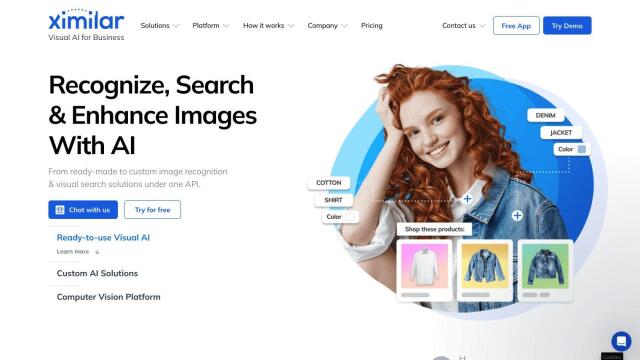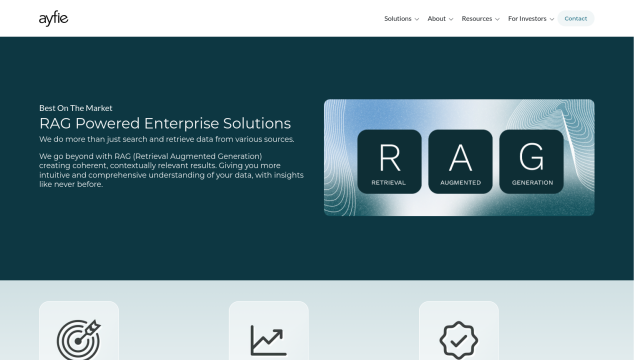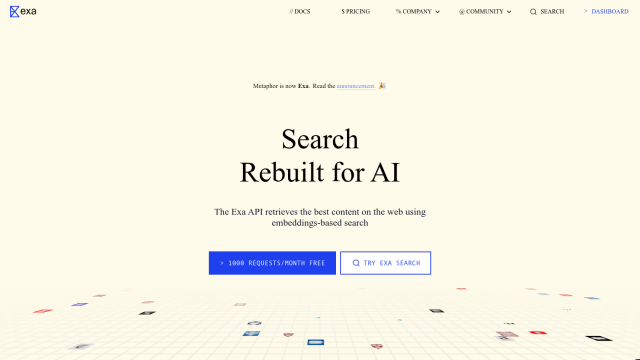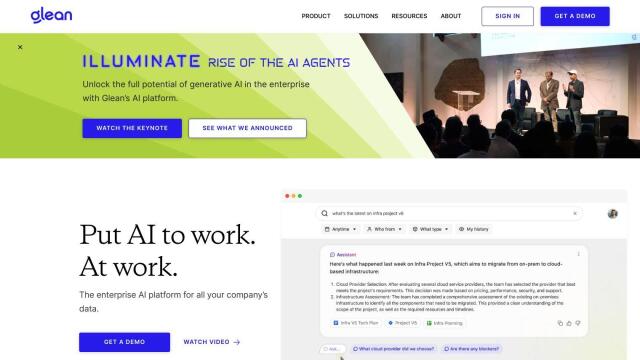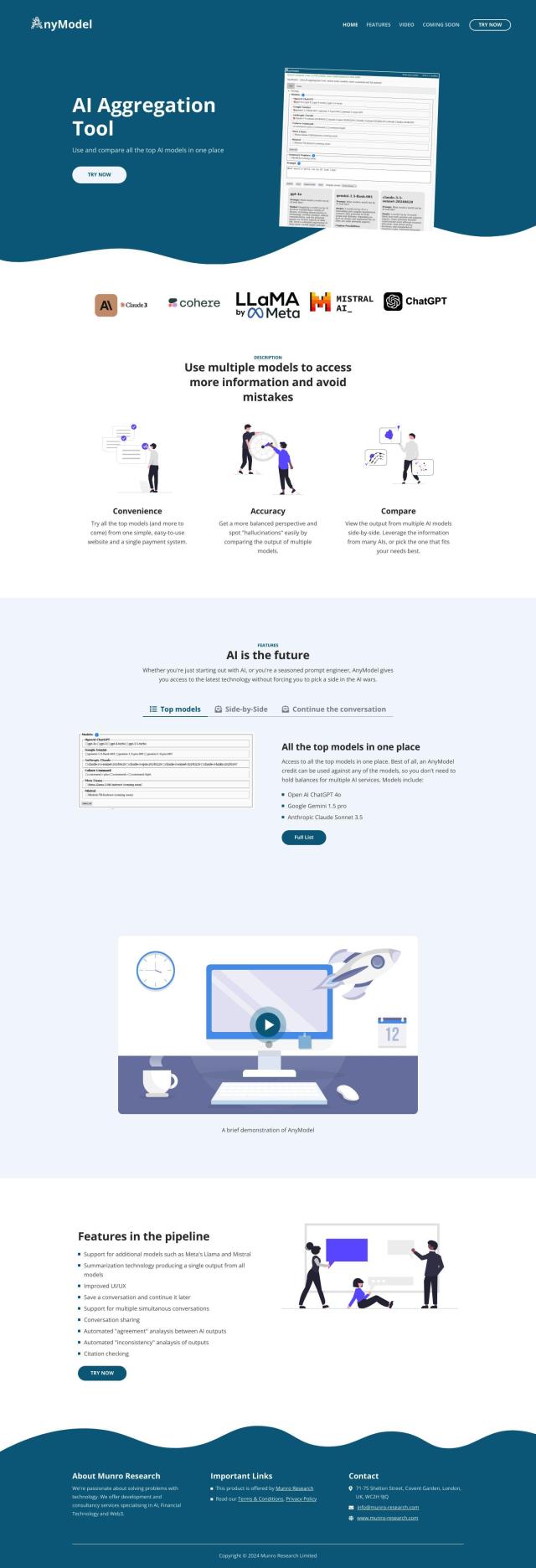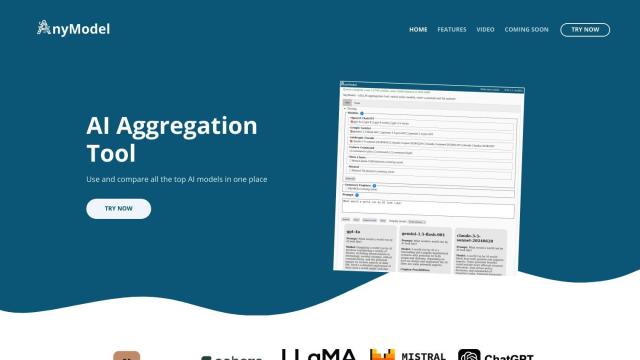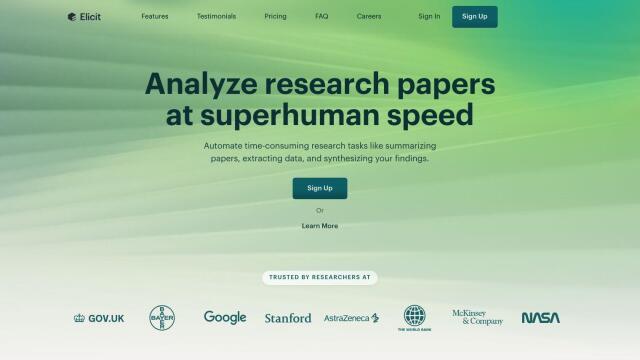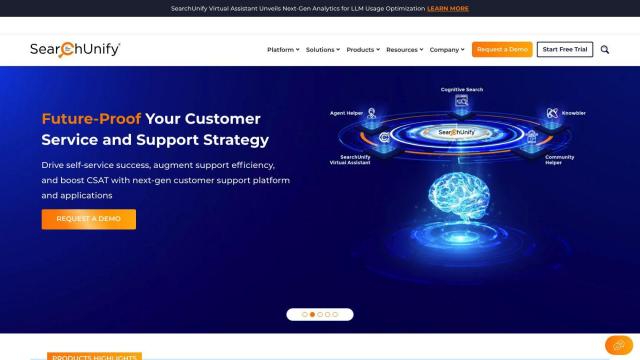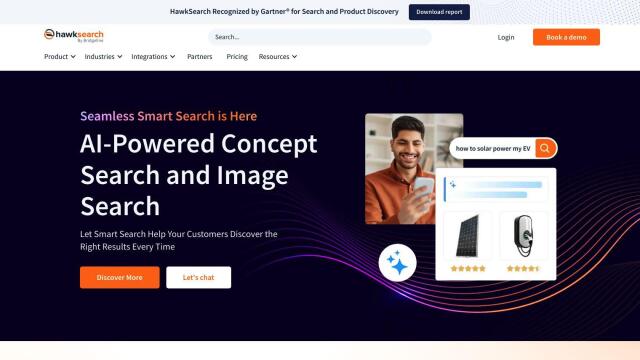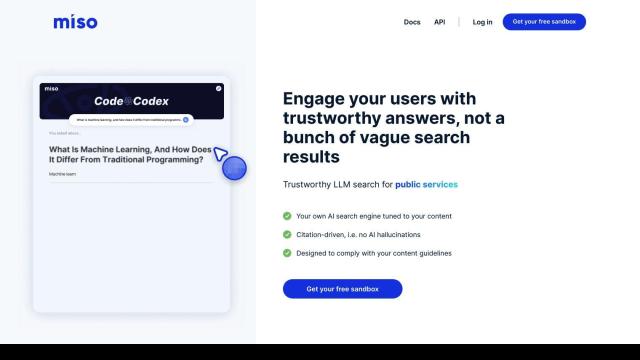Question: Can you recommend a search solution that can handle multimodal data and provide accurate results?


Jina
For your use case of handling multimodal data and getting the best results, Jina is a compelling AI-powered information retrieval system. It comes with a range of multimodal data tools, including multimodal and bilingual embeddings, rerankers, LLM-readers, and prompt optimizers. The platform supports more than 100 languages and has auto fine-tuning for embeddings, so you can easily get up and running with minimal training data. Jina also has open-source projects for managing multimodal data structures and serving large multimodal models.

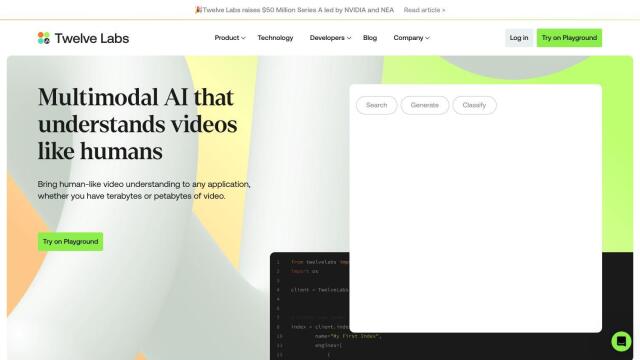
Twelve Labs
Another option is Twelve Labs, a multimodal AI-powered video understanding platform for fast search, text generation and classification of big video libraries. It includes APIs for searching specific scenes with natural language queries, generating text summaries based on prompts, and classifying video content. With state-of-the-art video foundation models, Twelve Labs is designed for high accuracy and scalability, making it a good option for video data.

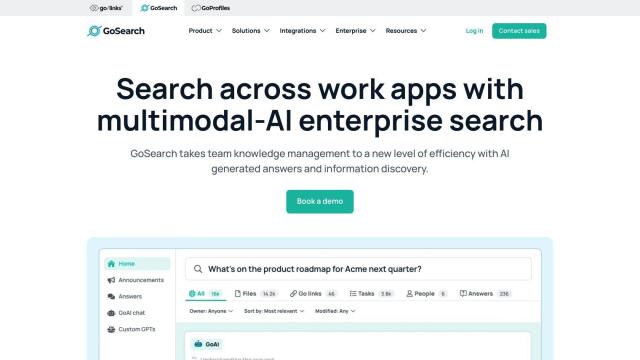
GoSearch
For a more general enterprise search option, GoSearch uses multimodal AI technology to deliver immediate answers and information discovery across internal sources. It integrates with more than 100 data connectors to easily tap into documents, notes, tasks, files and people in a variety of cloud apps. GoSearch also offers AI-powered recommendations, personalized chat support and multimodal search, so it can accommodate different needs of team members within an organization.


Vespa
Last, Vespa is an online platform that offers a unified search engine and vector database for vector search, lexical search and search in structured data. It lets developers build scalable search applications by combining fast vector search and filter capabilities with machine-learned models. Vespa's ability to combine different data types in a single query and its auto-elastic data management support make it a good option for bringing AI into many data-driven applications.

